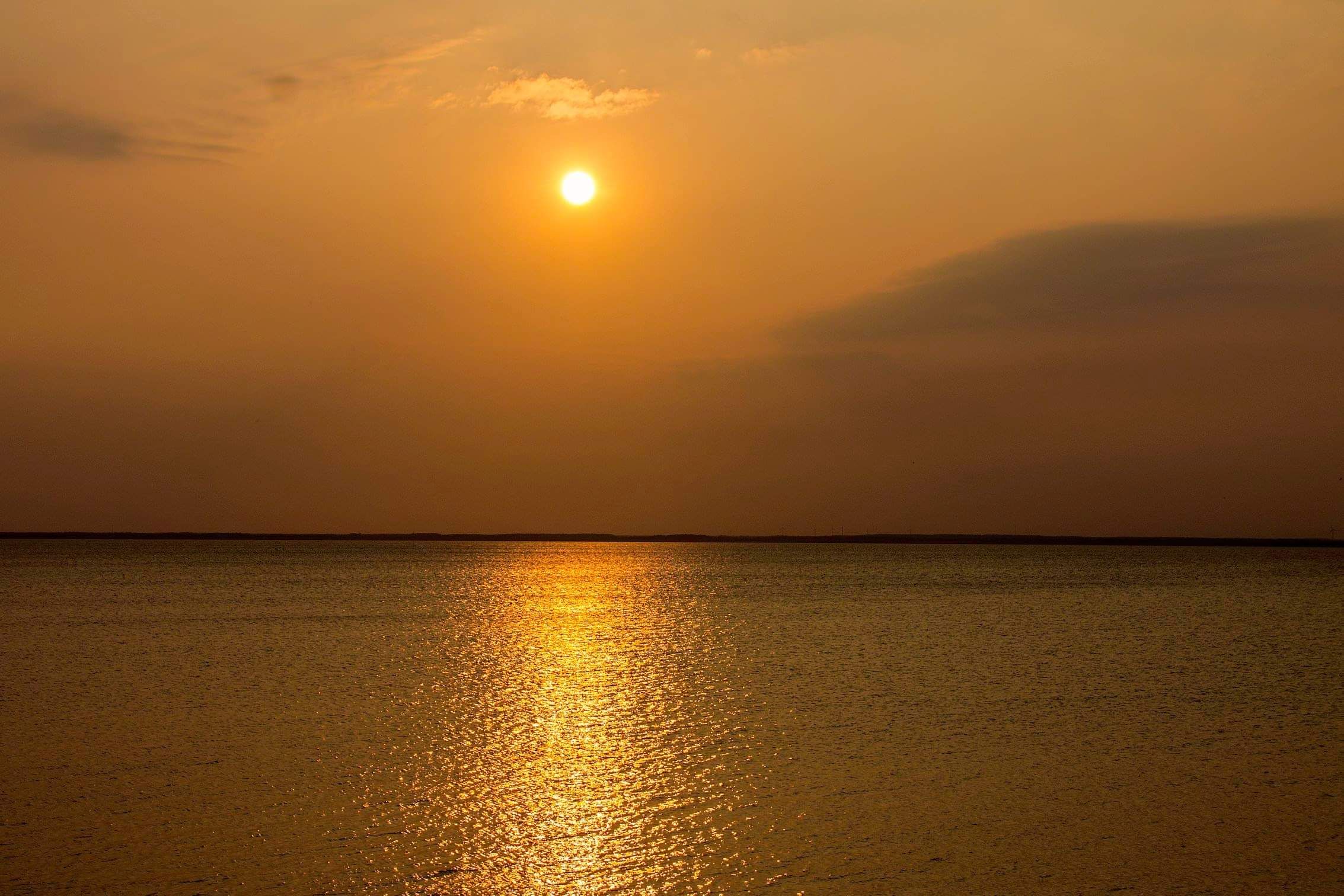The Oseberg Saga in Tønsberg
Buga: 31.07.2022
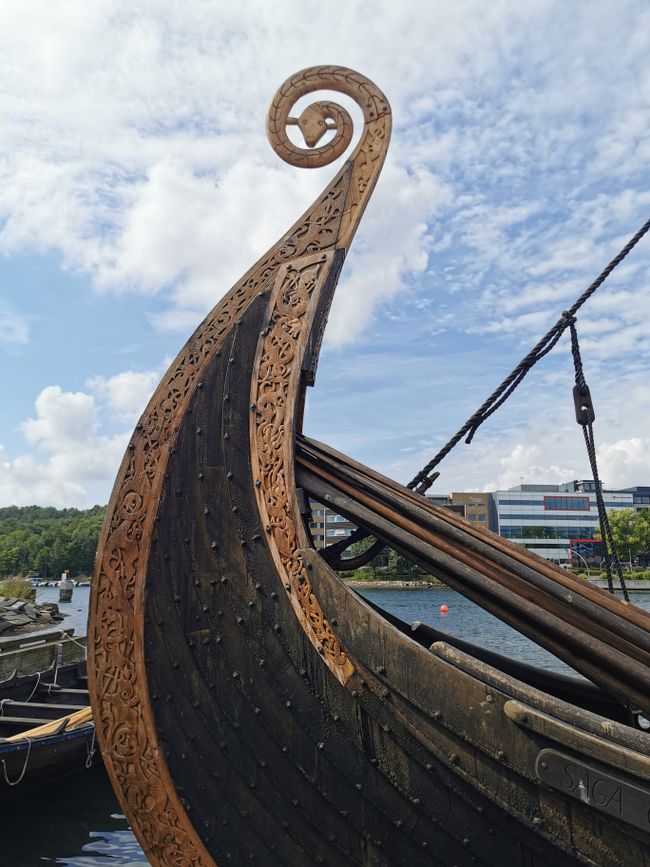
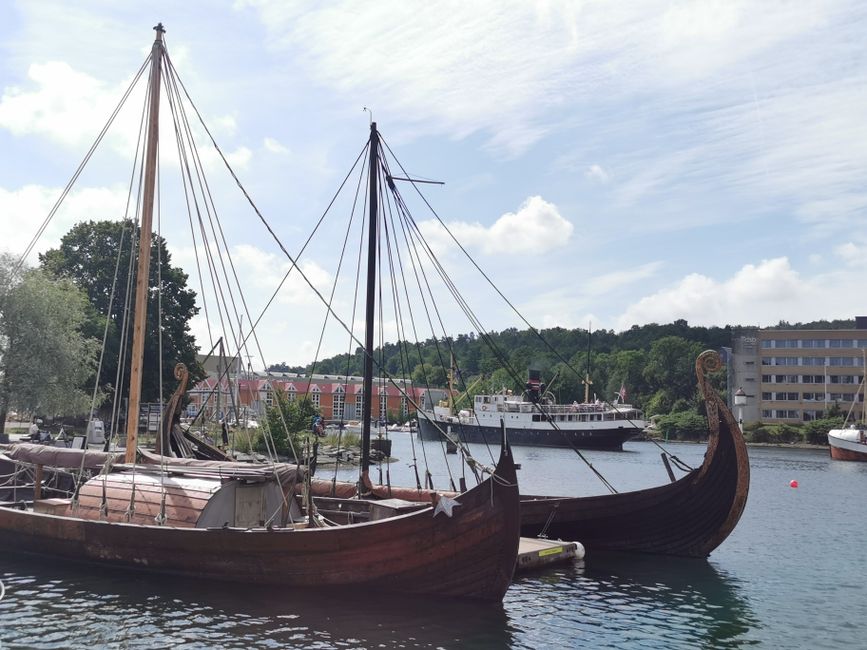
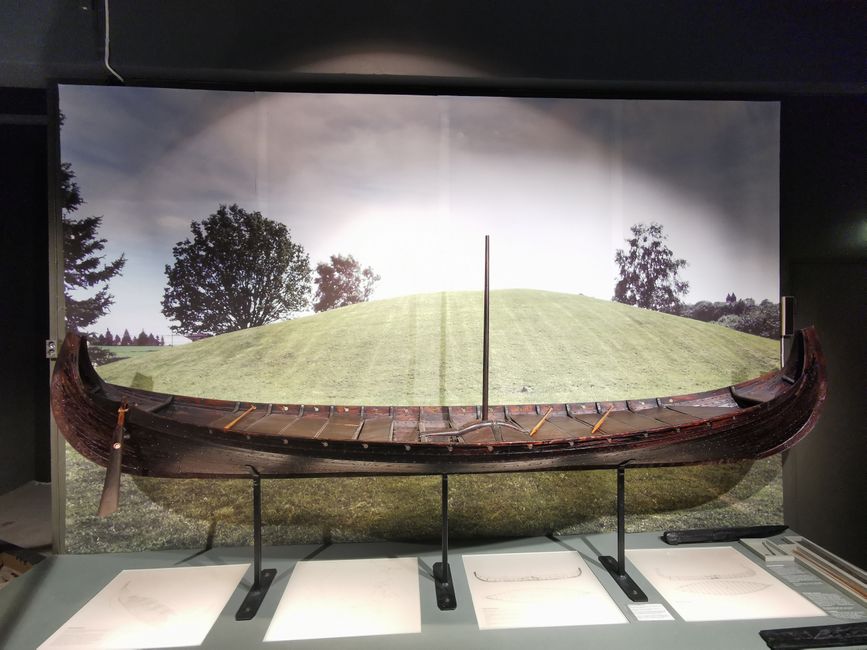
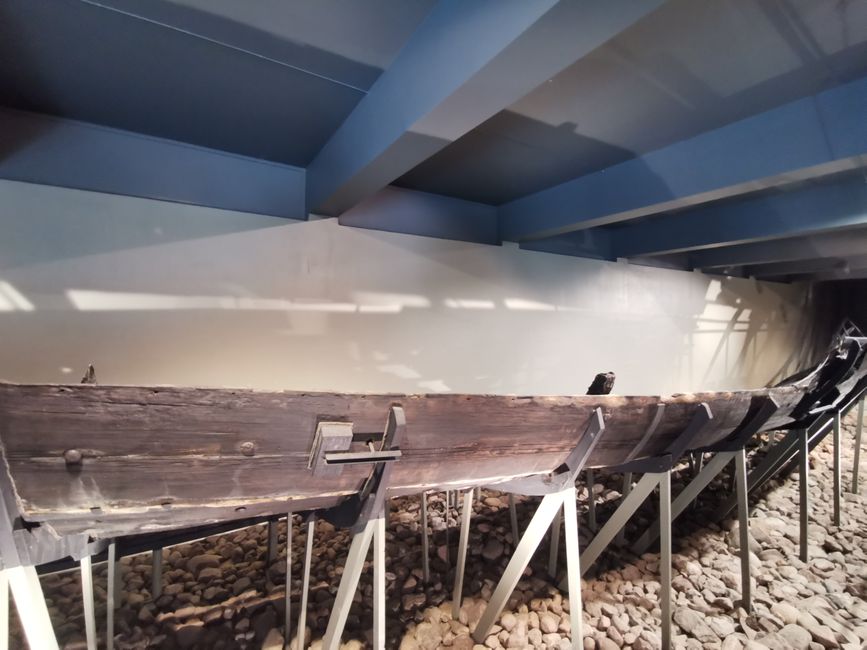
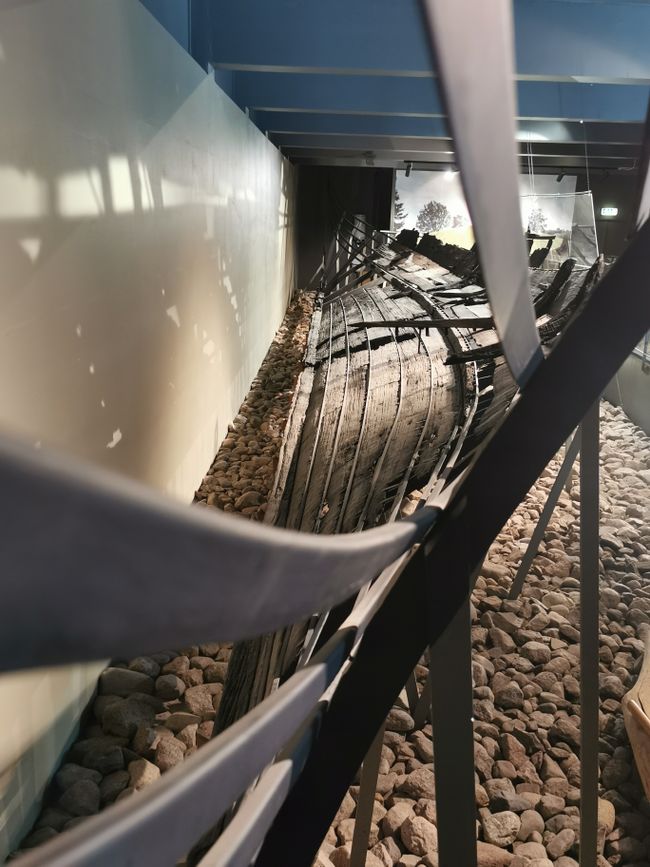
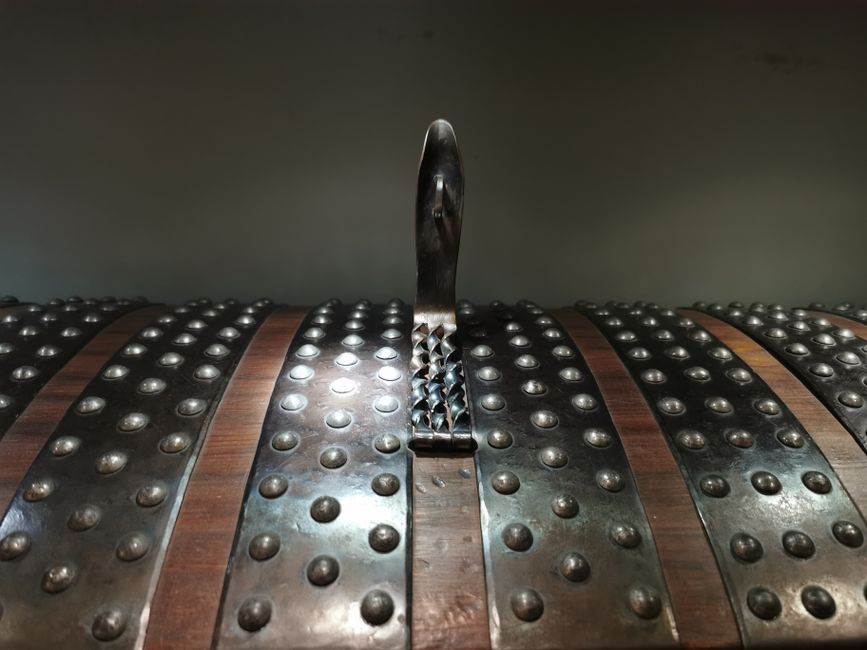
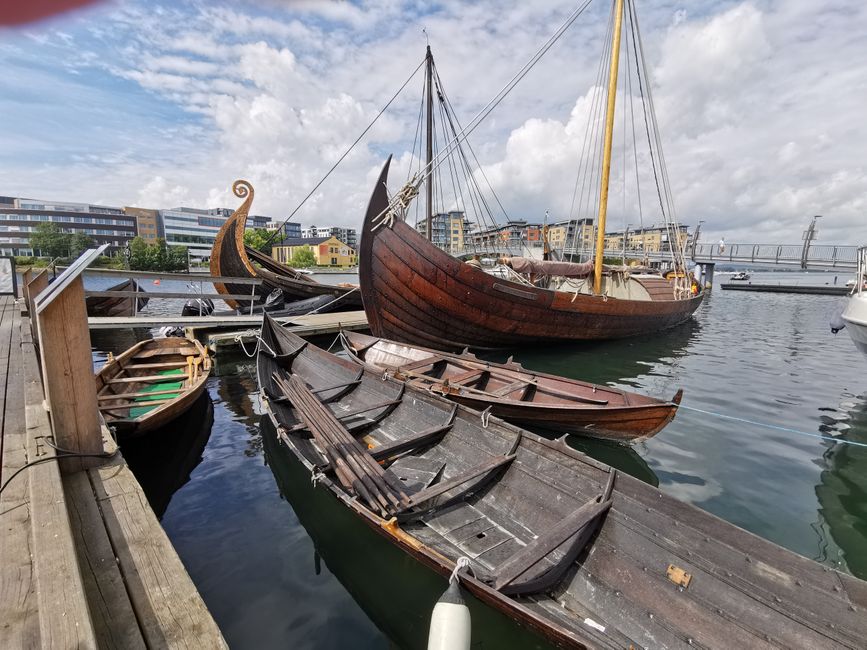
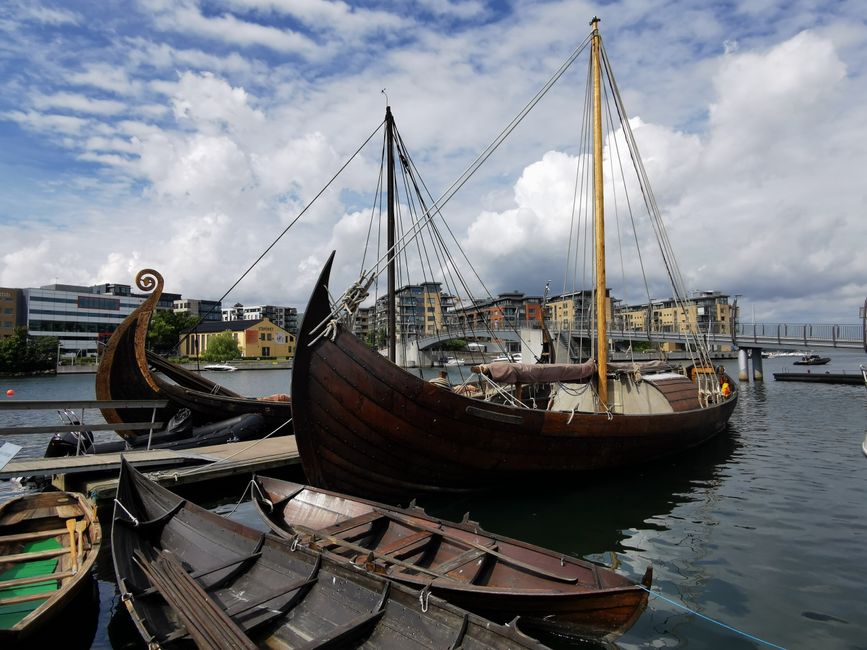
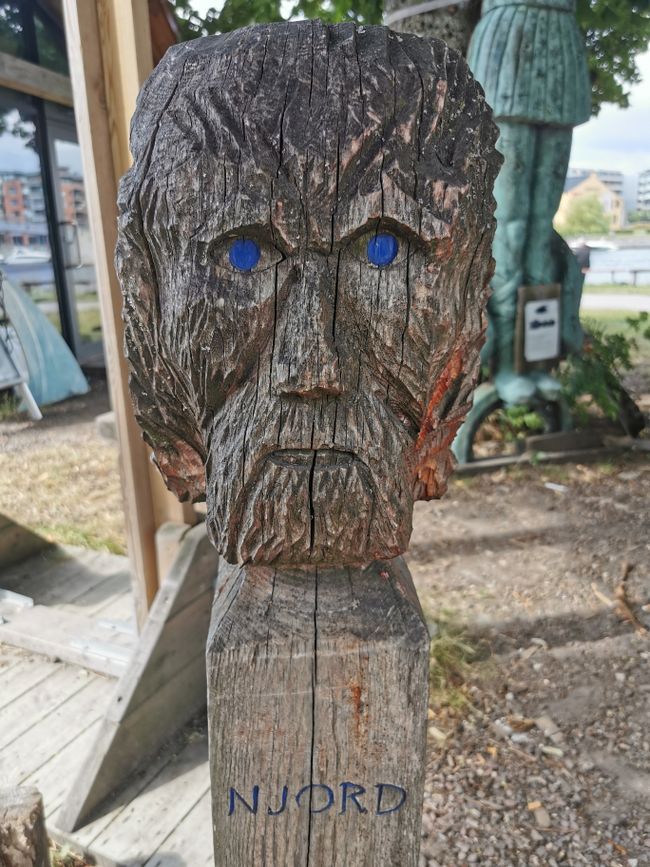
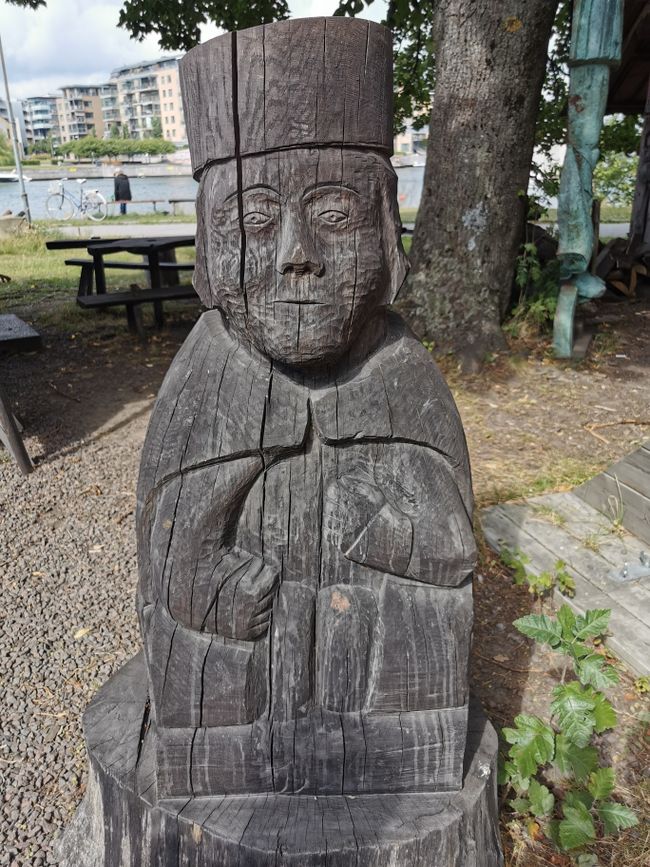
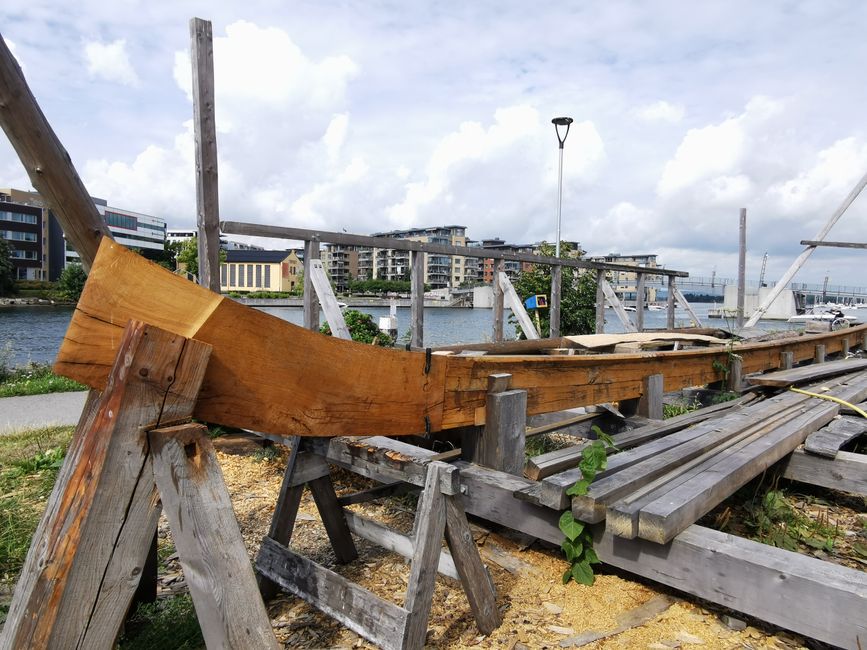
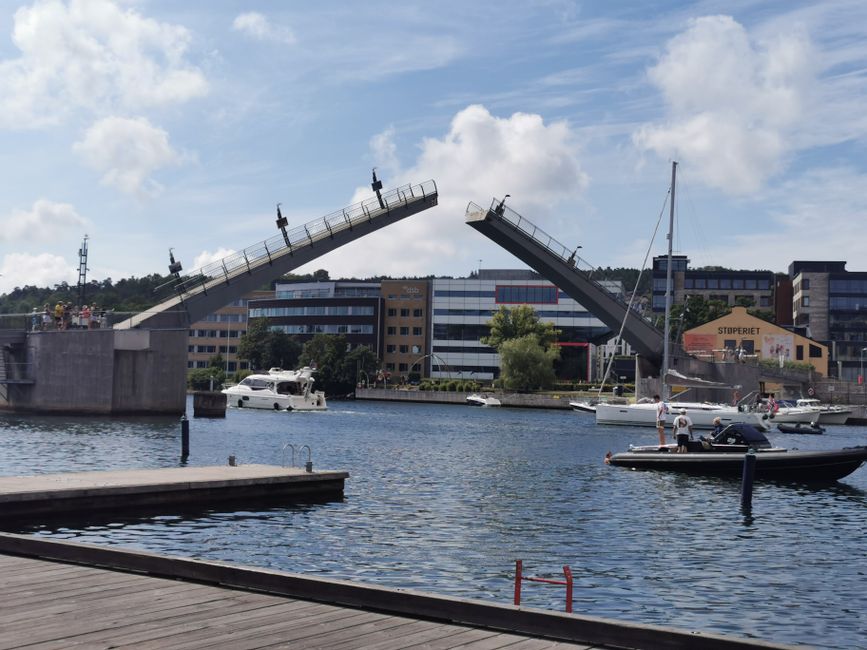
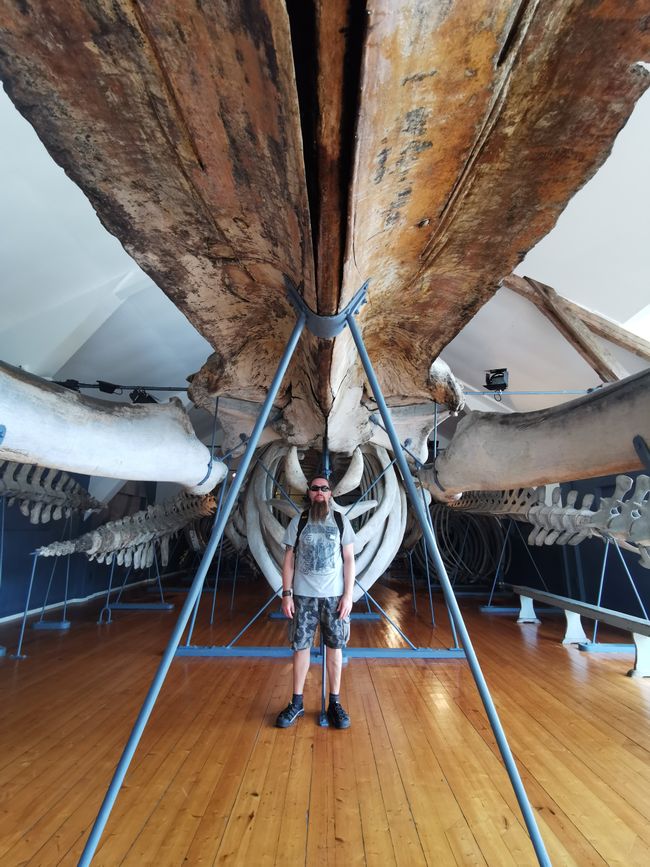
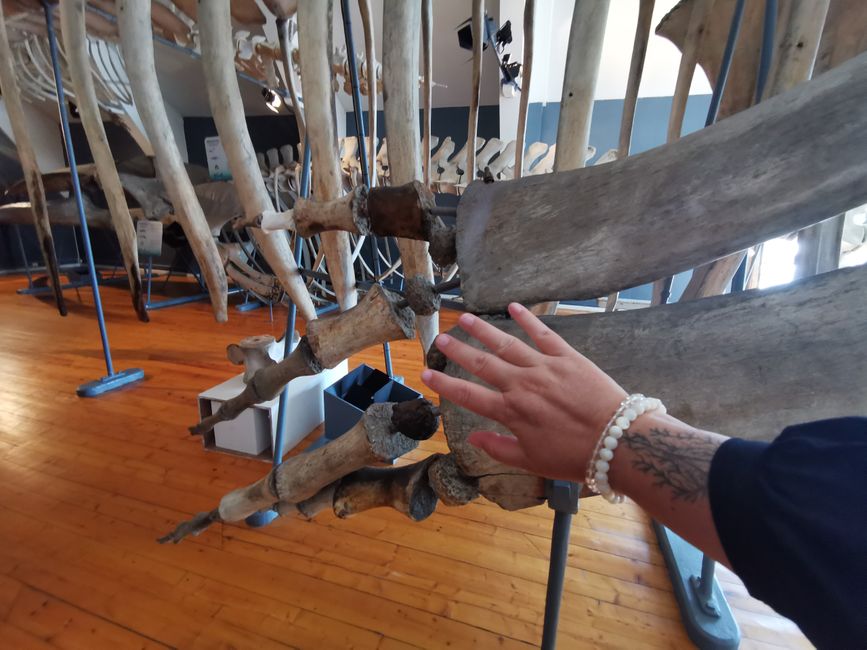
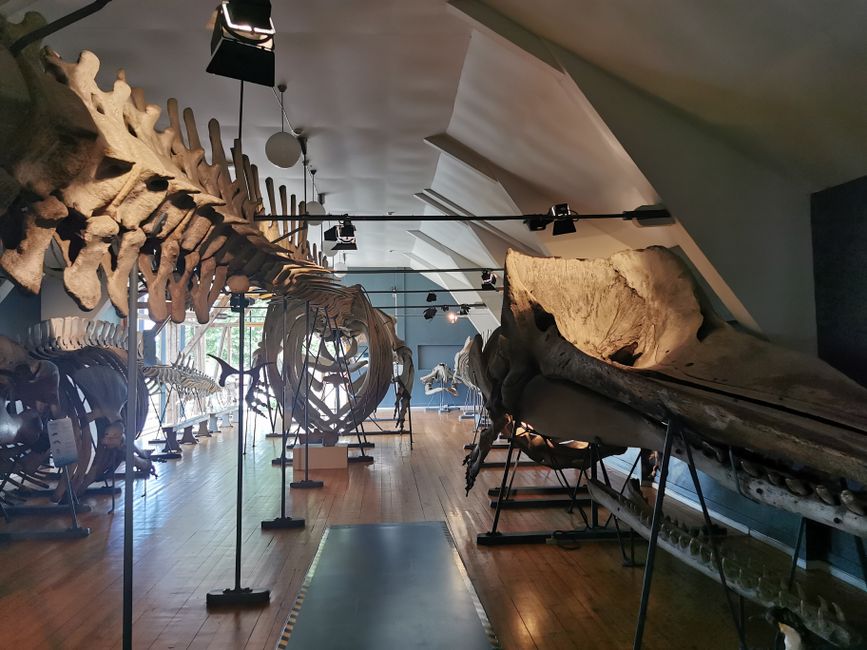
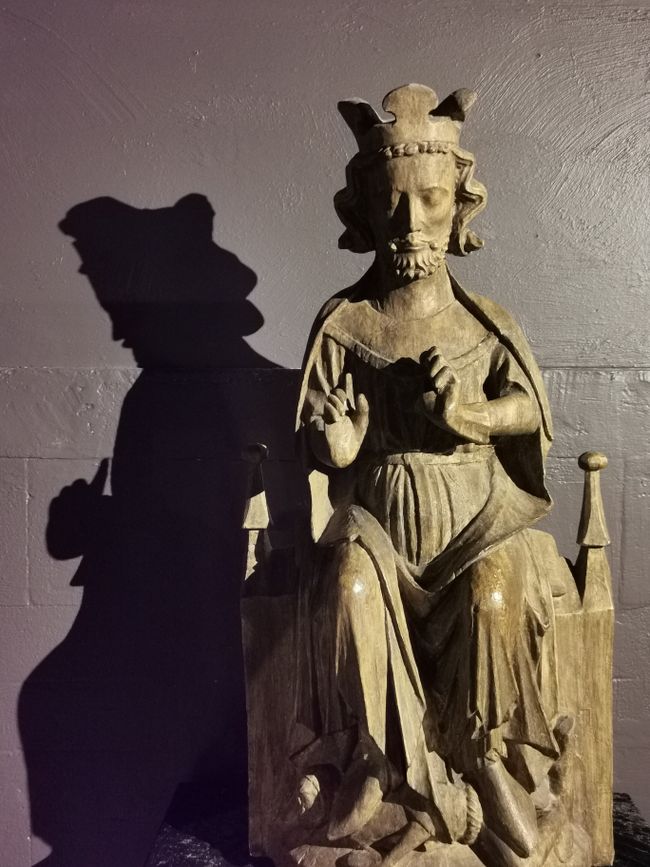
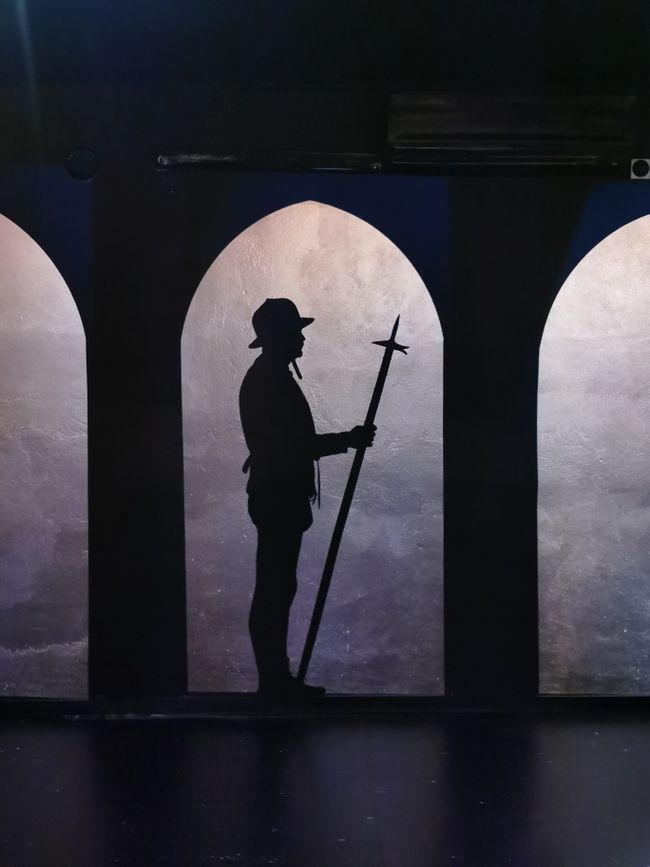
Biyan kuɗi zuwa Newsletter
Tønsberg
Here you will find the Slottsfjells Museum. It offers an impressive overview of Norwegian history. The Klastad ship was built from oak and pine and is a typical example of a Viking-era trading ship. When the Klastad shipwrecked, it had a cargo of whetstones from Telemark on board, a Norwegian export for over a thousand years. Only 40 percent of the original ship remains. It can be seen at the Slottsfjell Museum in Tonsberg - the only Viking ship outside of Oslo.
The Oseberg Ship was discovered in 1904 under a burial mound on the Oseberg farm, a farm on the western shore of the Oslofjord between Tønsberg and Horten in Norway. It was excavated by the Swedish archaeologist Gabriel Gustafson and his Norwegian colleague Haakon Shetelig in 1904-1905. Behind the mast of the ship, two women were buried in a burial chamber created in 834. It was the third significant Norwegian find of a ship burial after the Tuneship in 1867 and the Gokstadship in 1870. The Oseberg Ship is still the richest and most important find from the Viking Age. It is exhibited at the Vikingskipshus in Oslo.
By building a replica of the original ship, it was tested whether the ships were really seaworthy. It sailed all the way to America.
Biyan kuɗi zuwa Newsletter
Amsa

Rahoton balaguro Norway
